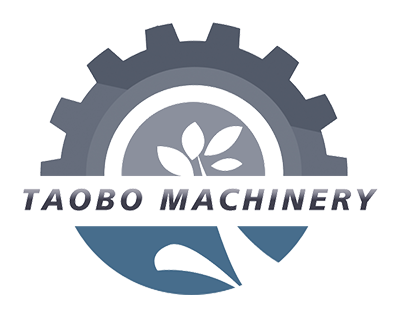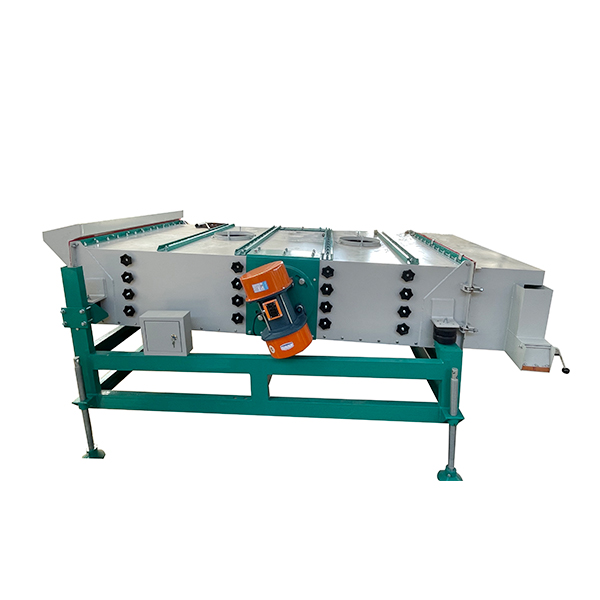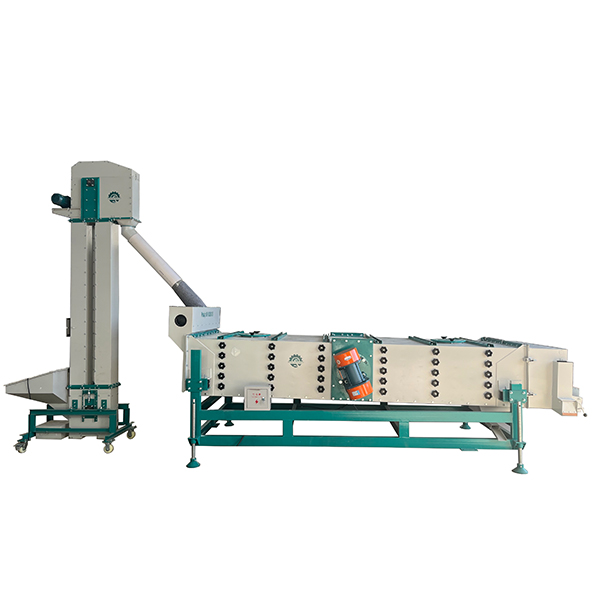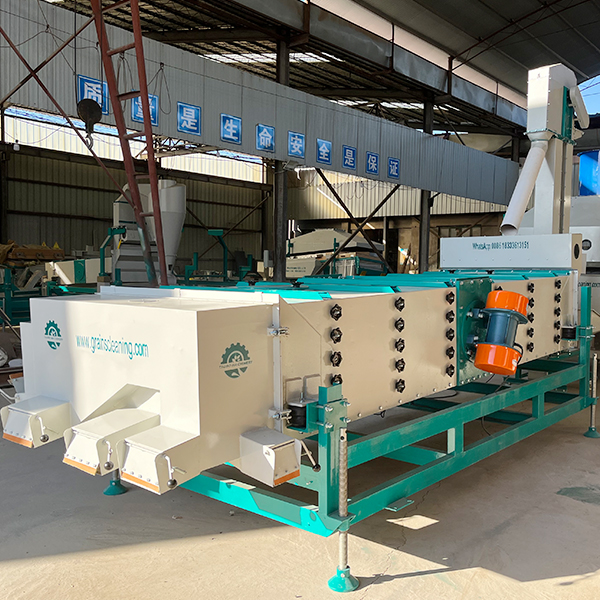Seed cleaner machine vibration grader is to separate wheat, bean, corn, seed into different sizes. Grains can be classified into big, medium and small size with different layers of sieves.
The core function of a grading screen in cleaning equipment is to precisely separate materials by particle size. This not only removes impurities but also grades the materials themselves, making it a key piece of equipment for refined material cleaning and sorting.
Its application scenarios cover a wide range of industries, including grains, nuts, fruits, and vegetables. Its core function is to separate materials from impurities or materials of varying sizes using screens of varying sizes, providing qualified raw materials for subsequent processing or storage.
1. Core Function: Dual Separation, Combining Cleaning and Classification
The functions of a grading screen can be divided into two major dimensions: “cleaning” and “classification,” which are often performed simultaneously.
Cleaning and separation: Removes impurities that differ significantly from the material’s particle size.
Screening of “large impurities”: A screen with a smaller particle size than the material intercepts impurities larger than the target material, such as weeds, branches, plastic pieces, and large lumps of mud, and removes them from above the screen surface.
Screening of “small impurities”: A screen with a larger particle size than the material allows impurities smaller than the target material, such as dirt, fines, small stones, and shrunken grains, to pass through the screen holes and be discharged from the bottom of the equipment.
The resulting material is of acceptable size and free of significant impurities, minimizing interference for subsequent processing (such as peeling and crushing) or advanced cleaning (such as gravity stone removal).
Material Grading: Sorting target materials by particle size.
For the same type of material, multiple layers of screens with different apertures are used to separate them into multiple particle size grades based on production requirements (such as sales specifications and processing techniques).
For example, in peanut processing, grading screens can be used to separate peanuts into “large,” “medium,” and “small” grades, which are then used for oil extraction (large), snack packaging (medium), and further processing (small), respectively. This improves material utilization and product added value.
2. Integration with Other Cleaning Equipment: Forming a “Pretreatment – Fine Cleaning” Process
Classifying screens are typically not used in isolation, but rather as a “front-end pretreatment” or “intermediate classification” step in the cleaning process. They work in conjunction with other equipment to enhance overall cleaning effectiveness:
Integration with vibrating screens/primary cleaners: The primary cleaner first removes oversized impurities (such as sack fragments and large branches), followed by a grading screen for finer particle size separation, reducing the risk of screen clogging.
Integration with a gravimeter: The grading screen first removes small impurities such as dirt and broken particles, preventing them from affecting the gravimeter’s “airflow stratification” effect. The gravimeter then removes impurities with similar particle sizes but different densities (such as stones), achieving efficient cleaning by “removing impurities of different sizes first, then removing impurities of different densities.”
Based on the need the vibration grader can work for grading in different sizes and removing the bigger and smaller impurities out; This depends mainly on the size of the mesh. We can customize the mesh size according to your requirements, including long holes and round holes. The size is accurate to 0.1mm.
Our sieves have a self-cleaning function. In each layer of the sieve, we place some elastic balls. During the vibration of the machine, the elastic balls bounce continuously and remove the materials that are blocked in the sieve holes.
About vibration. There is a kind of vibrating grading screen that relies on the motor to drive the eccentric wheel to vibrate, and then drives the machine to vibrate. This machine is relatively slow. However, our machine uses a double-sided vibration motor, which has a relatively fast vibration frequency. Therefore, the machine has a large product and a good screening effect.
Post time: Oct-23-2025










